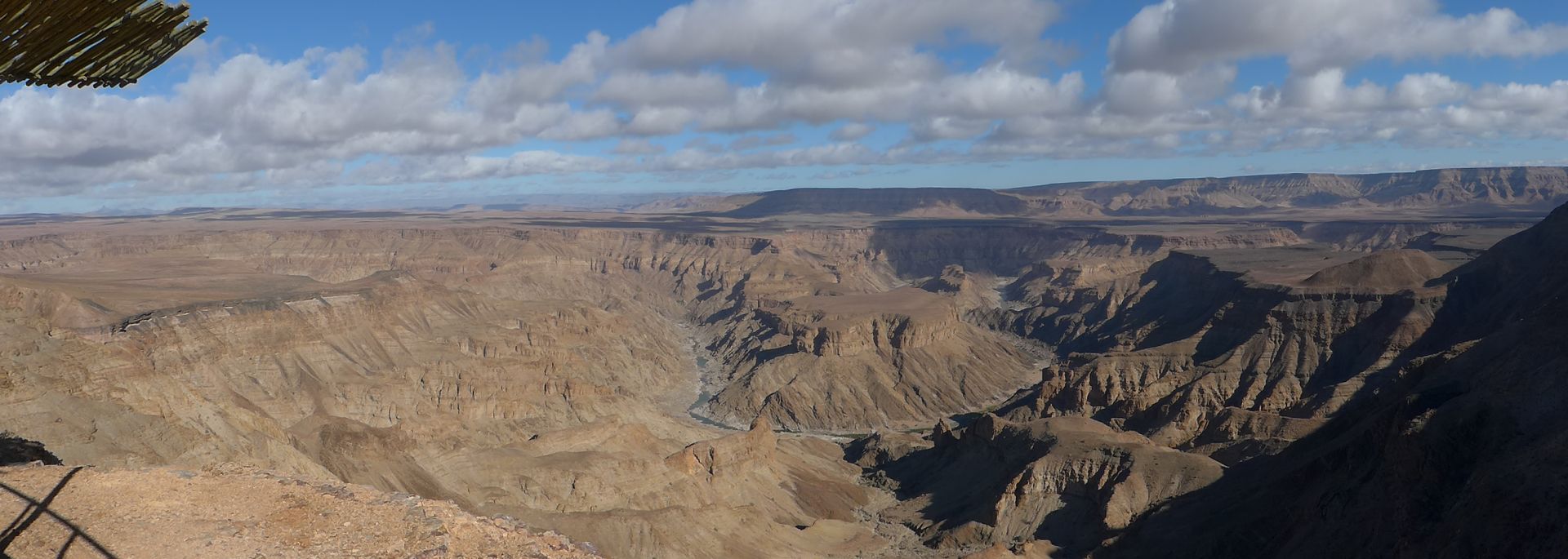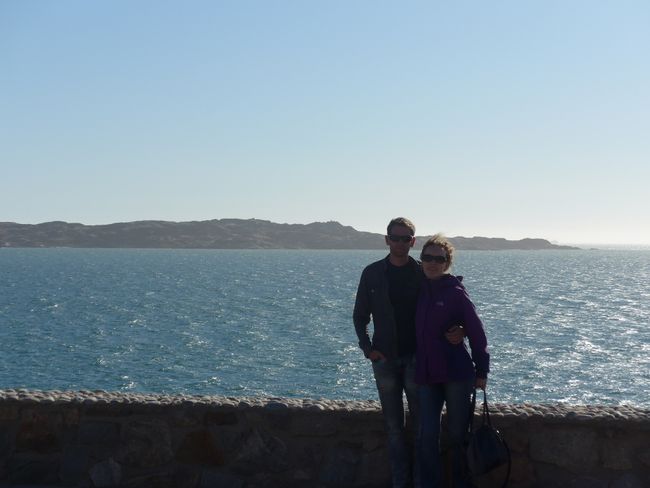Singapore Day 1
प्रकाशित: 10.02.2019
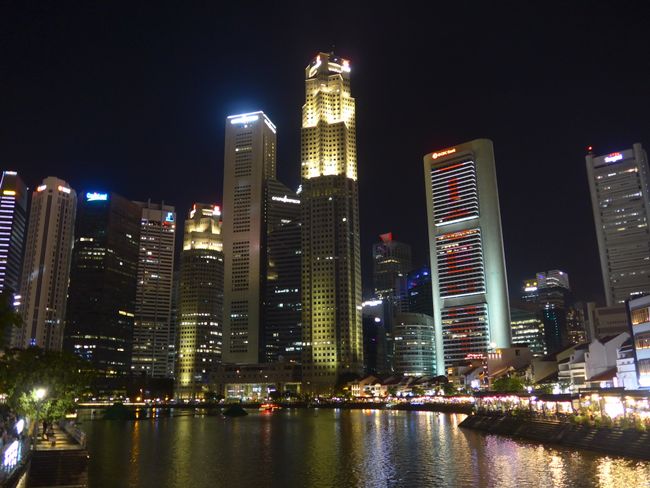
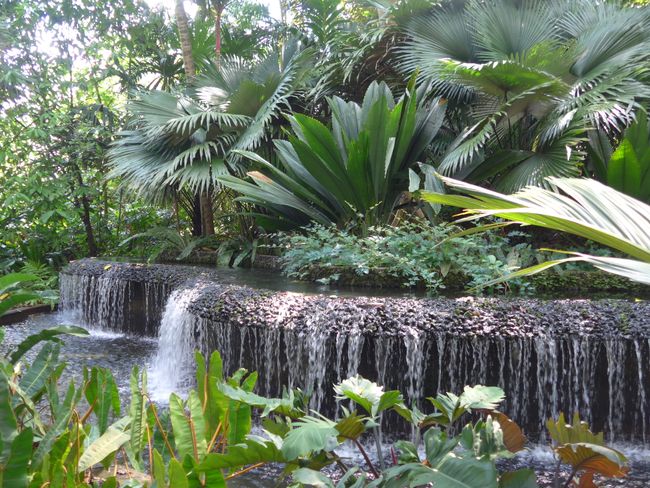
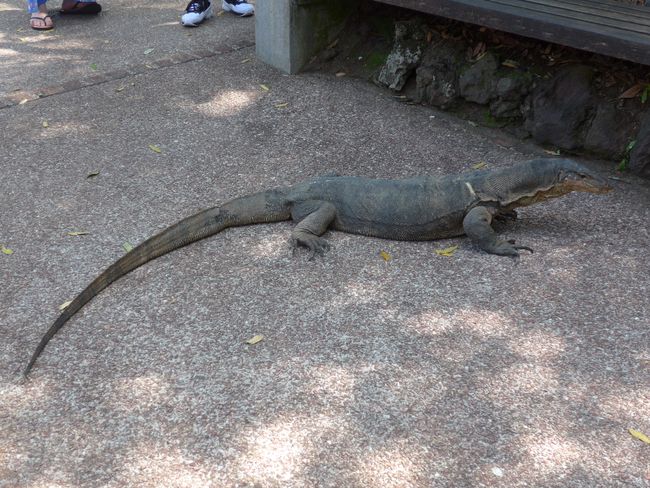
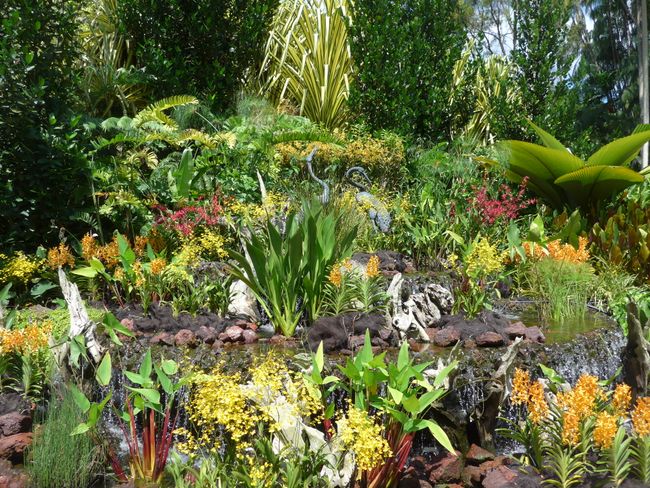
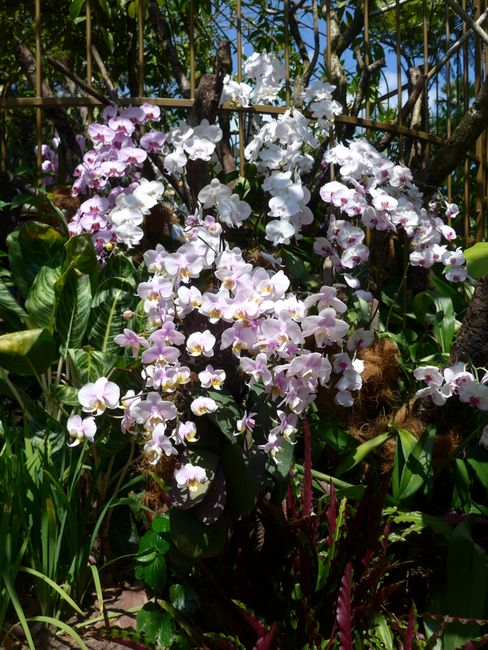
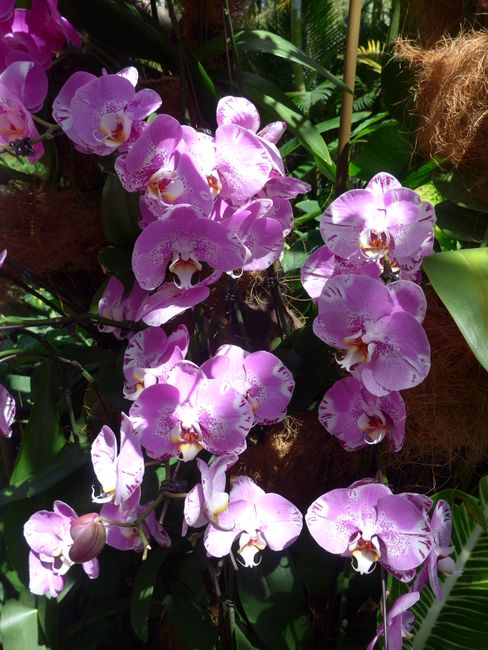
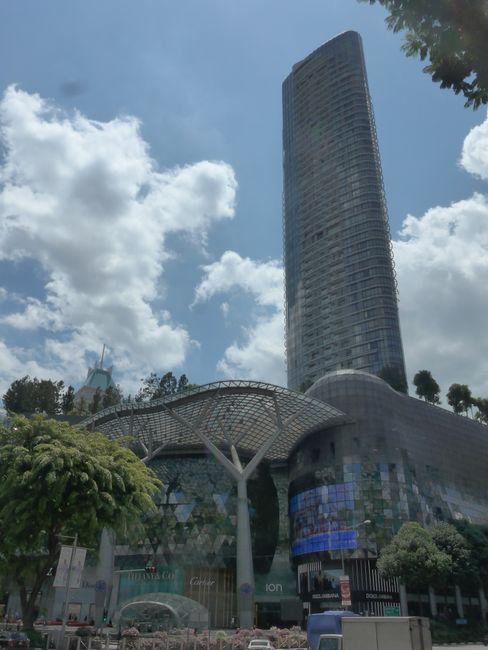
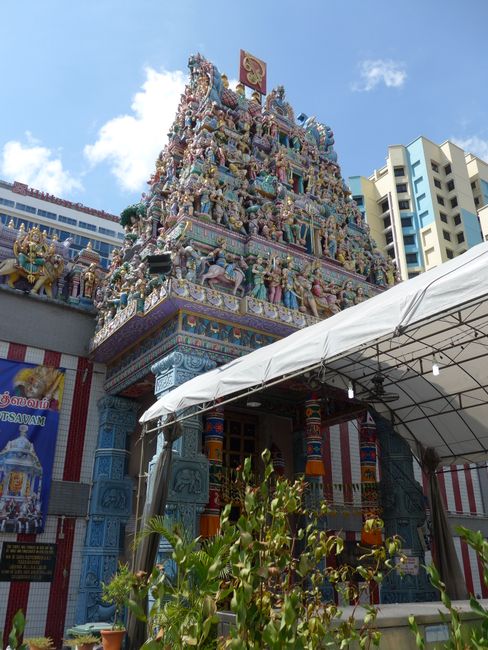
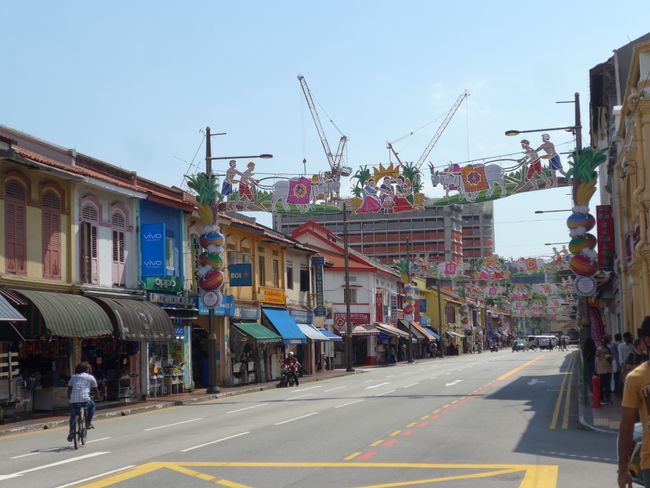
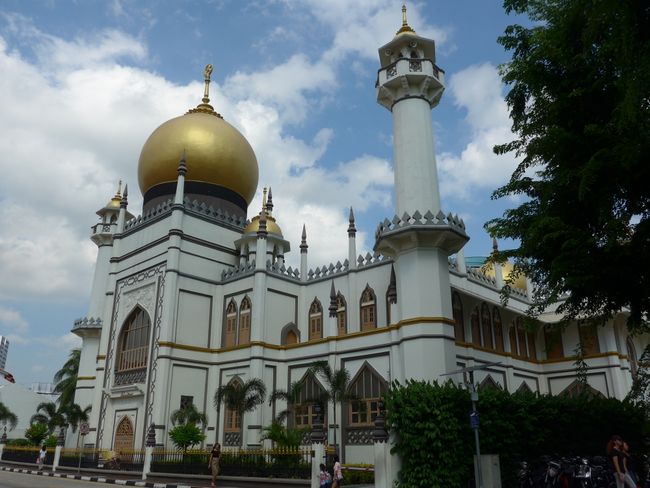
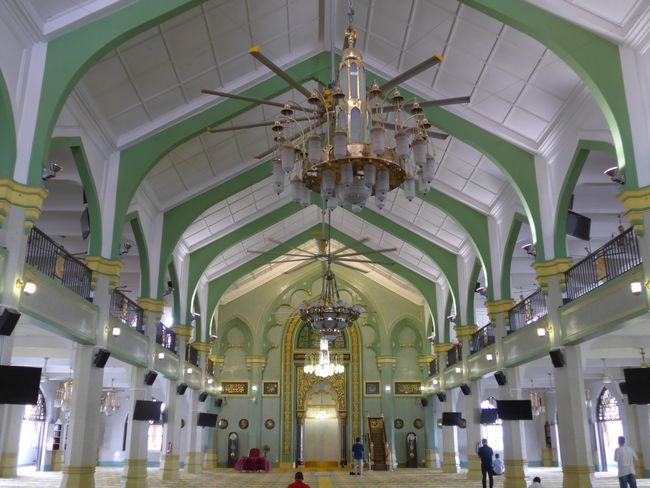
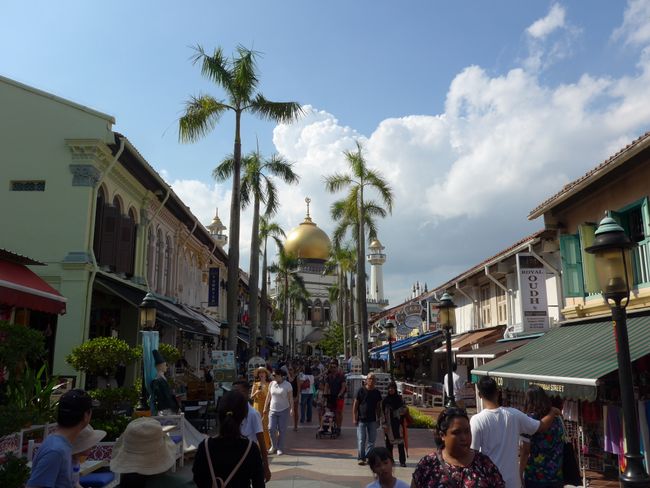
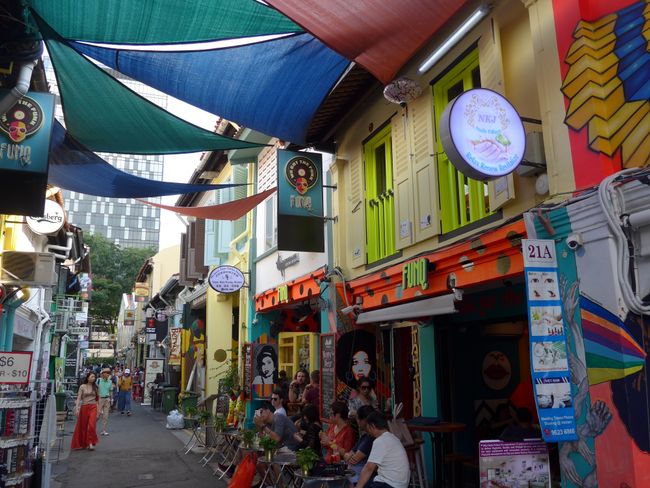
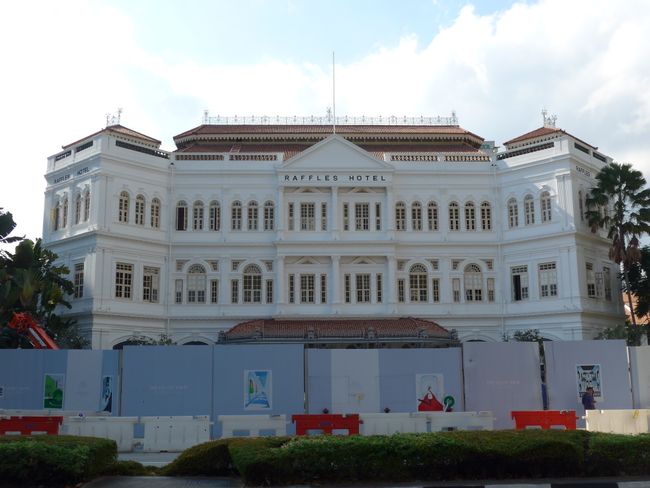
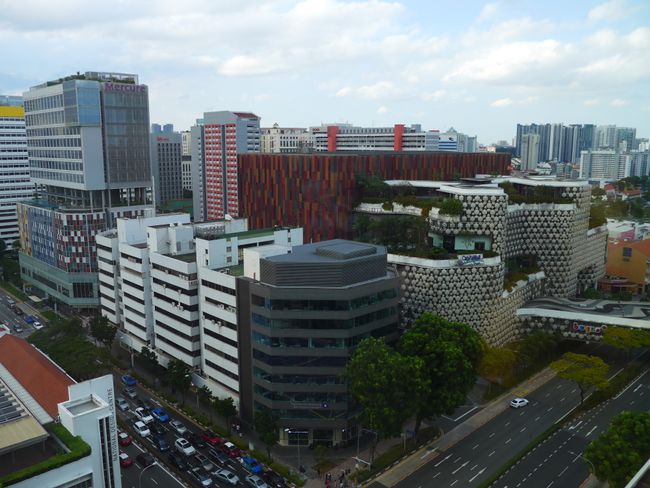
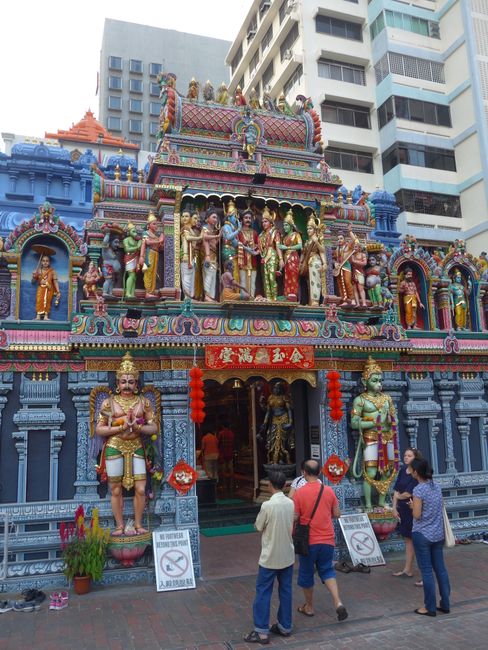
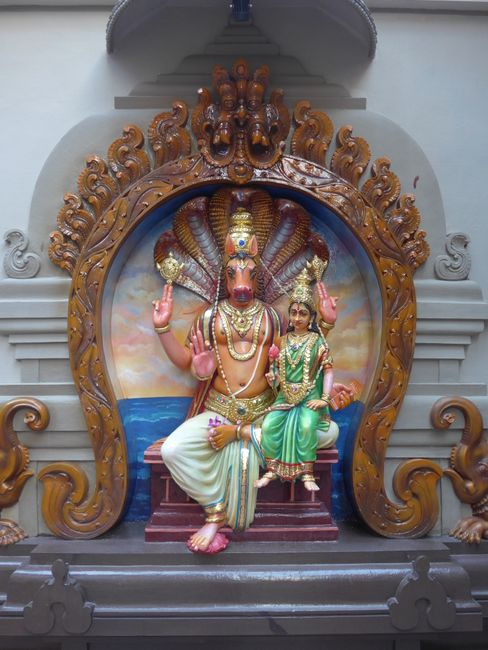
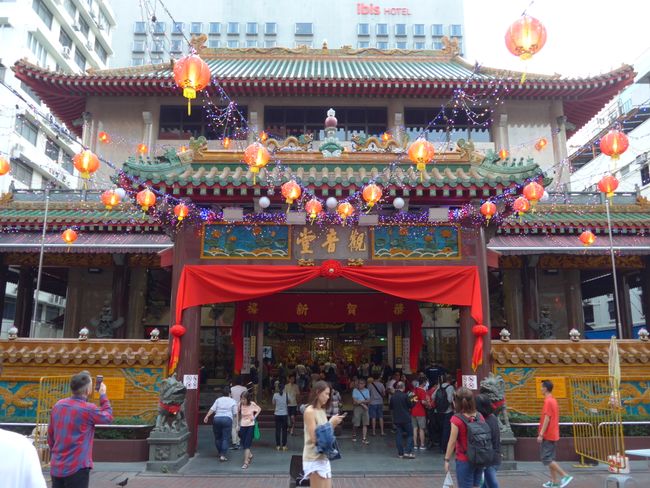
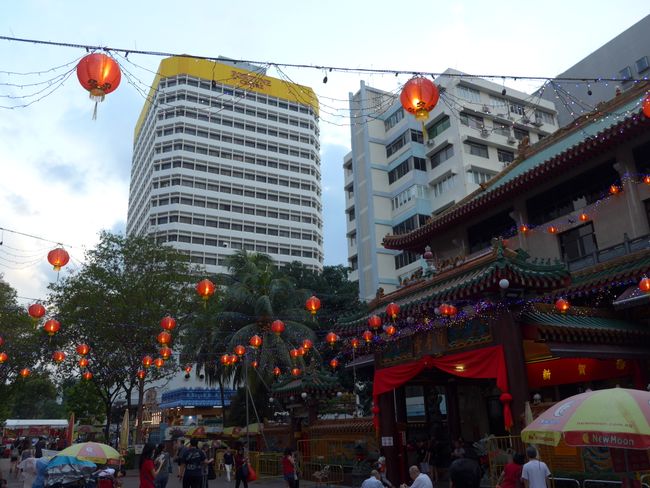
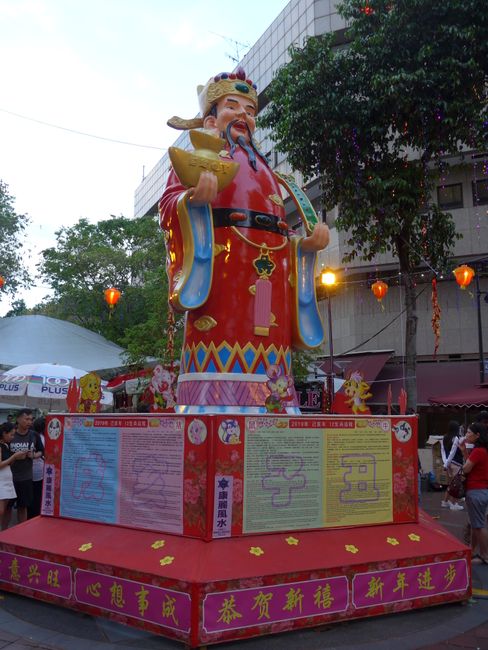
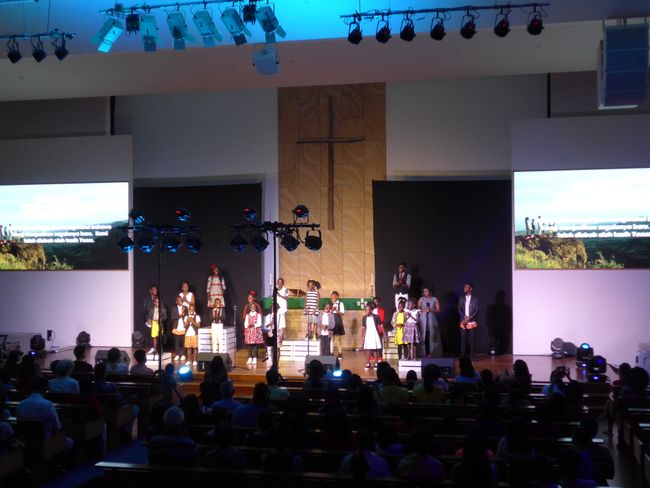
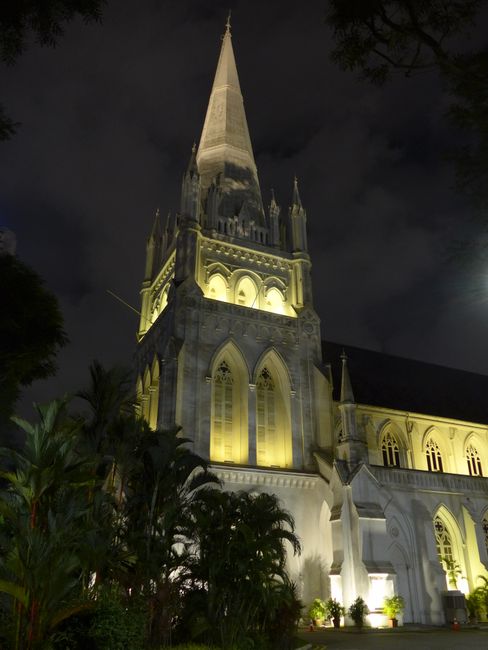
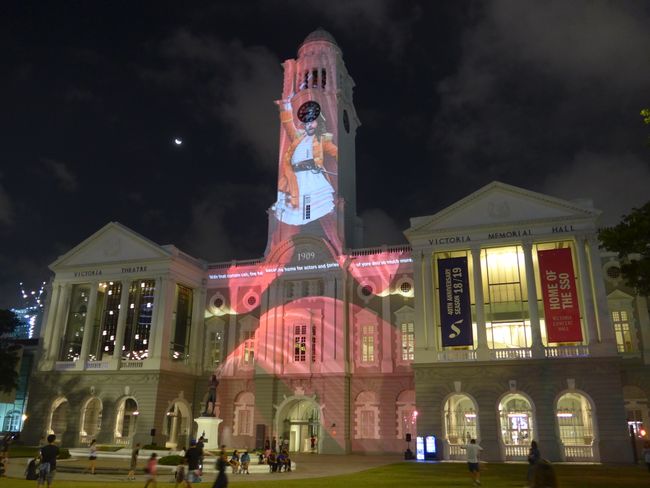
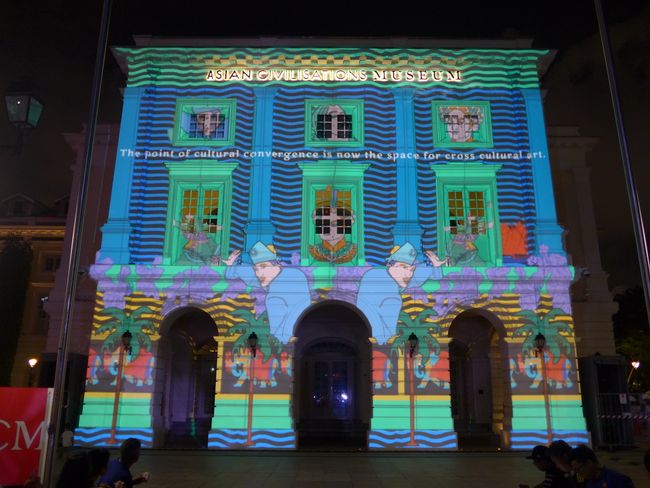
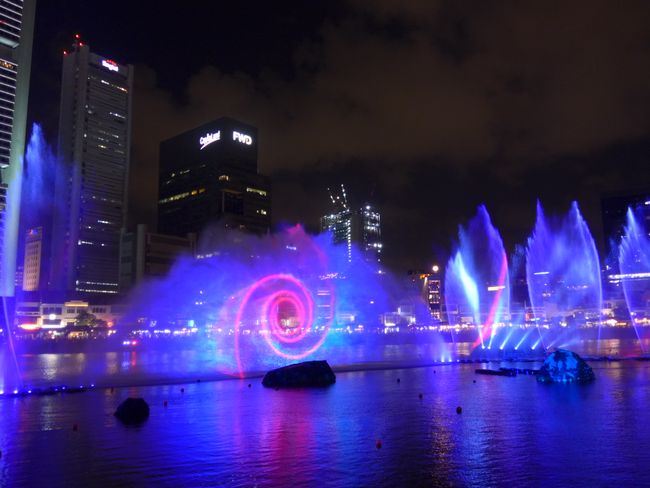
समाचारपत्रस्य सदस्यतां गृहाण
After our time in New Zealand, we made a stopover in Singapore on our way to Vietnam, which is known as "Asia light" according to our guidebook.
After an almost missed connecting flight in Melbourne, we arrived around midnight local time (early morning for us, according to New Zealand time).
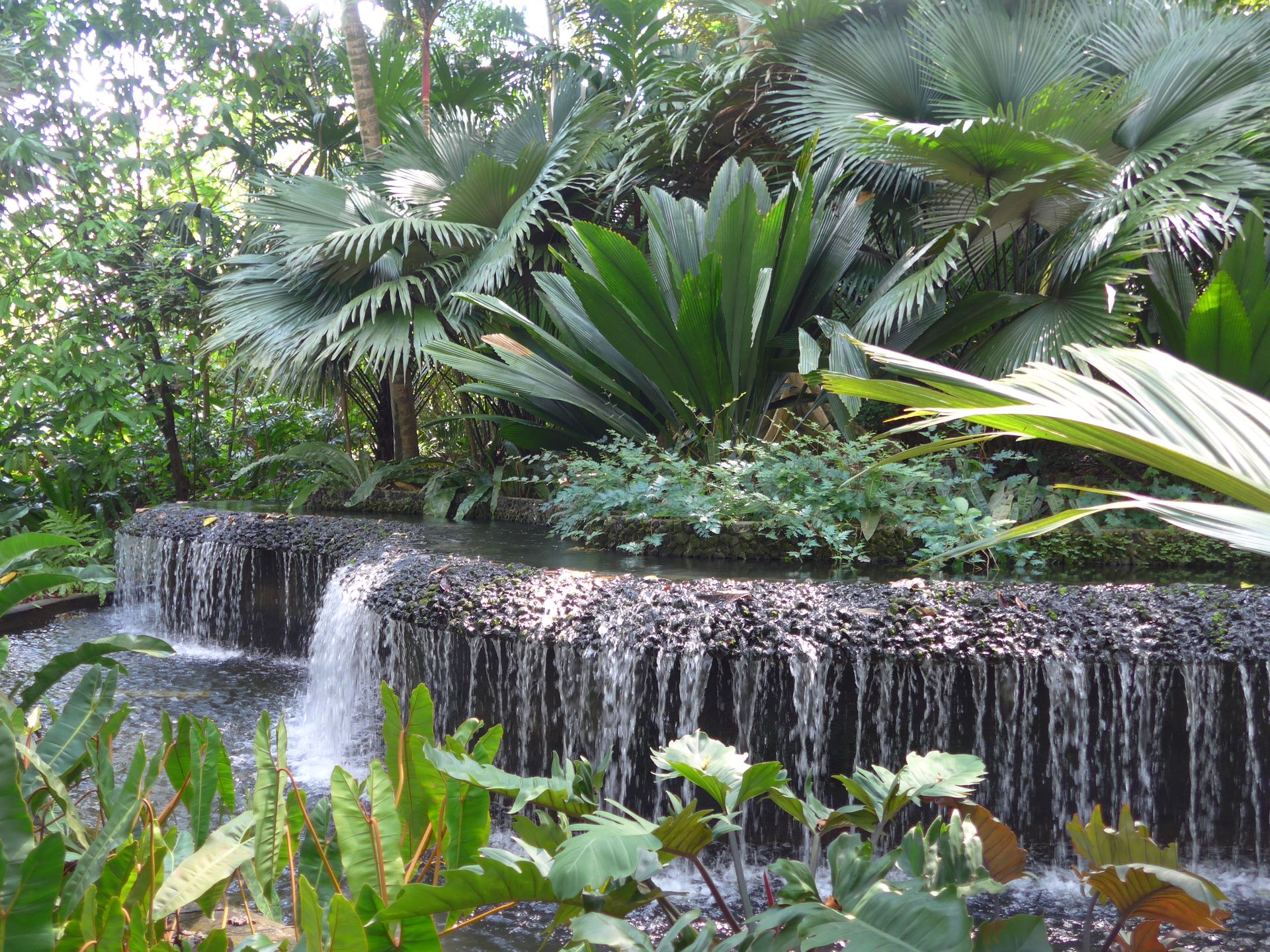
The next morning, we first went to the botanical garden, which is a UNESCO World Heritage site and houses various plants from different origins.
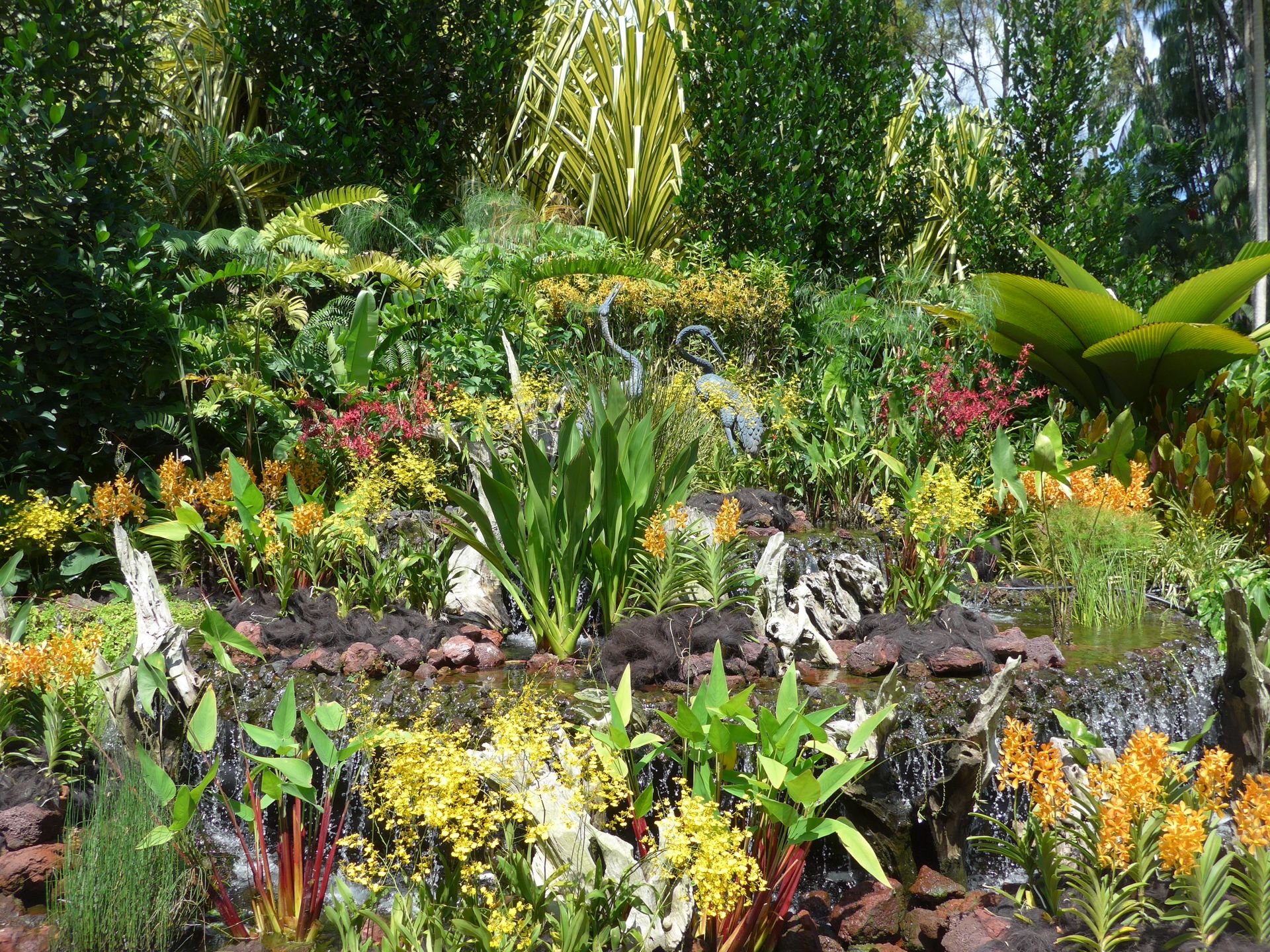
There are also some animals living there: we saw some squirrels, but they ran away before the camera was ready.
There are also lizards in the botanical garden. I almost stumbled over a large monitor lizard because it was lying on the ground behind a corner. A woman who got too close to take a photo was driven away by its tail swinging around.
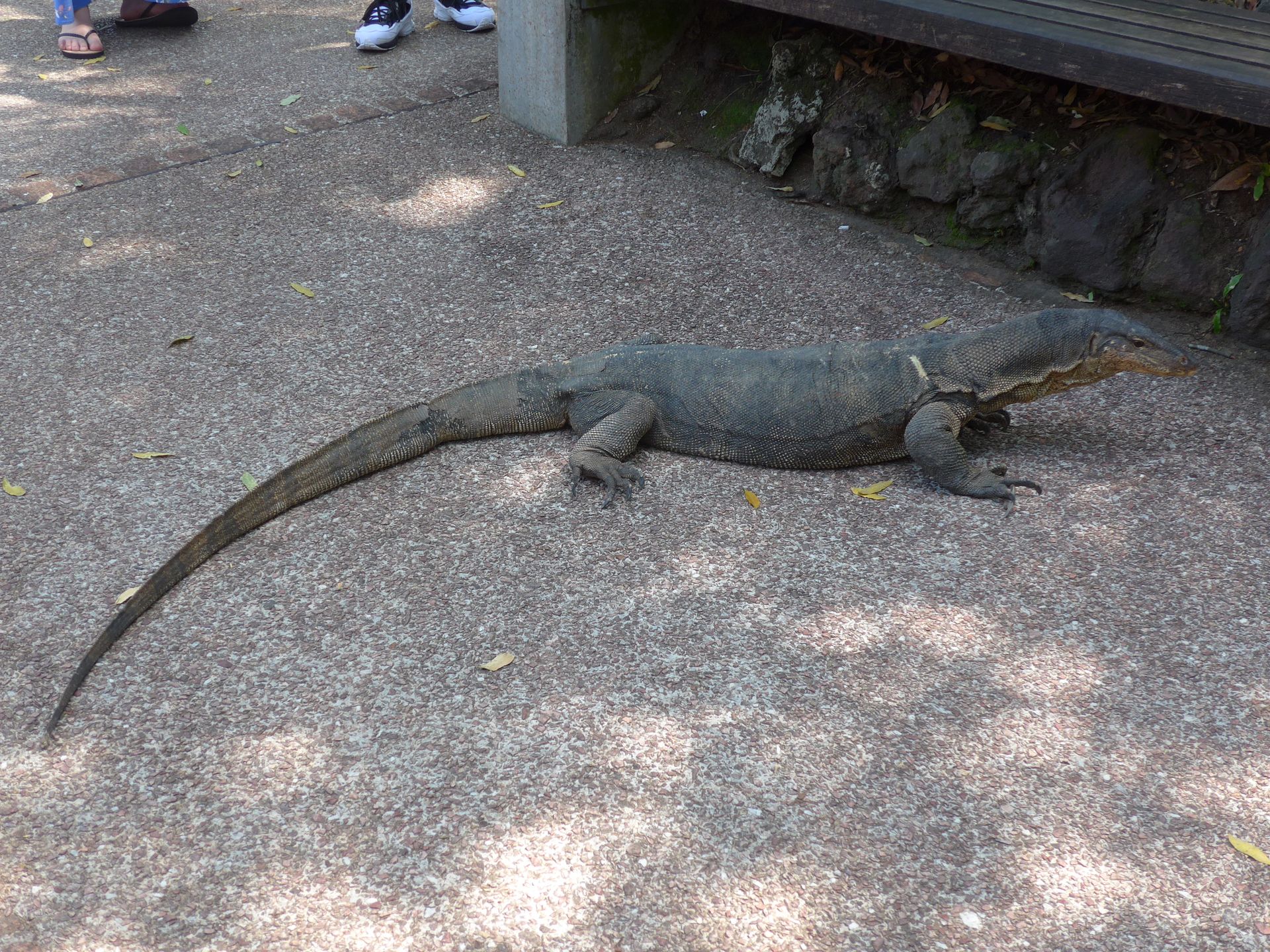
The orchid garden was particularly beautiful, with an abundance of these exotic flowers.
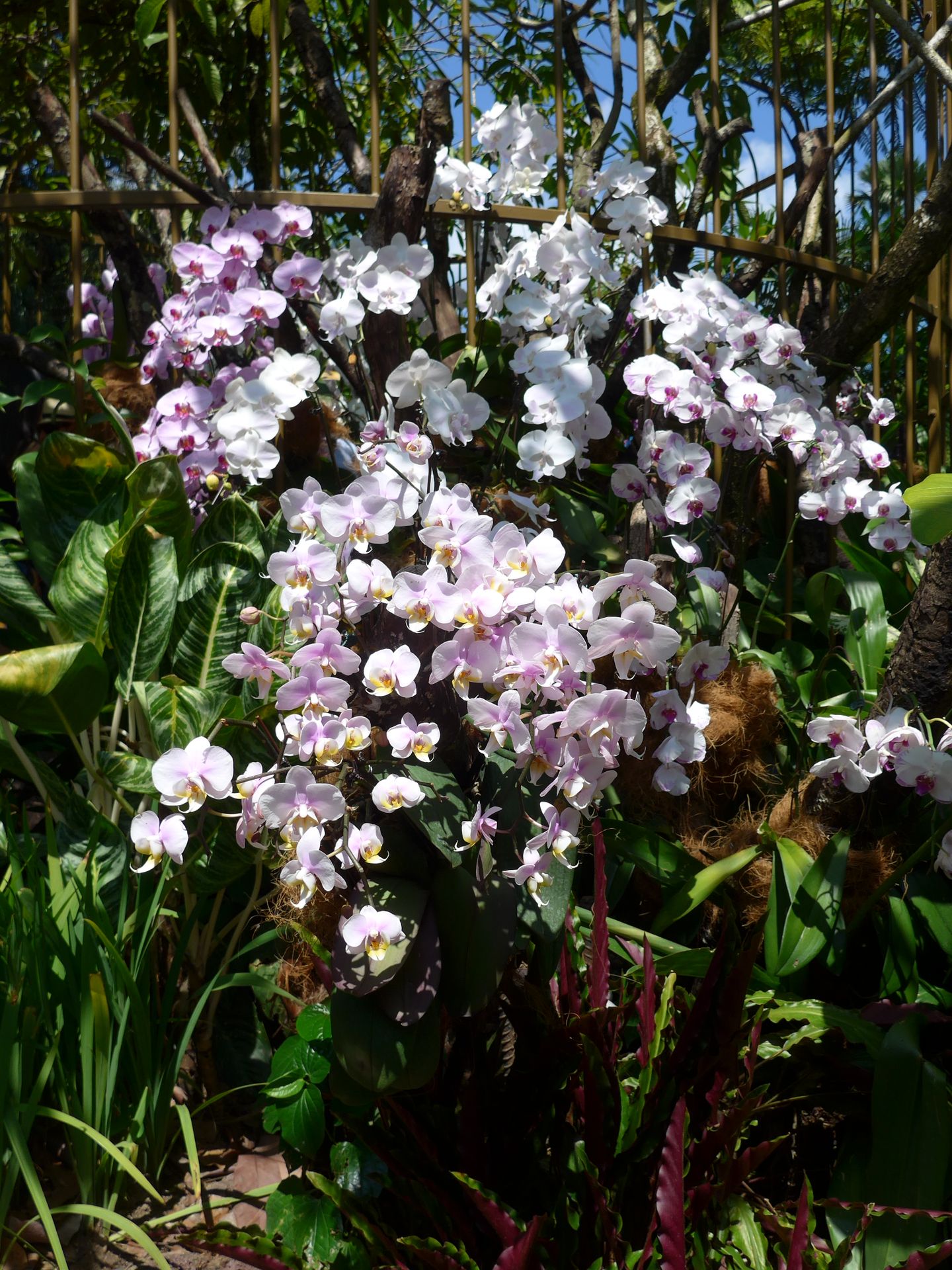
In the VIP section, we looked in vain for "Angela Merkel" - she didn't seem to be blooming at the time.
Every distinguished guest is honored with a dedicated orchid breed named after them.

Afterwards, we went to Orchard Road, Singapore's shopping street with huge malls that extend several floors underground. This way, you can stroll through the stores without having to go outside, where it is humid and hot.

In Singapore, people of different cultures live together. Some neighborhoods reveal the origin of the residents (or their ancestors). In Little India, we experienced colorful streets with shops offering vibrant fabrics and souvenirs.
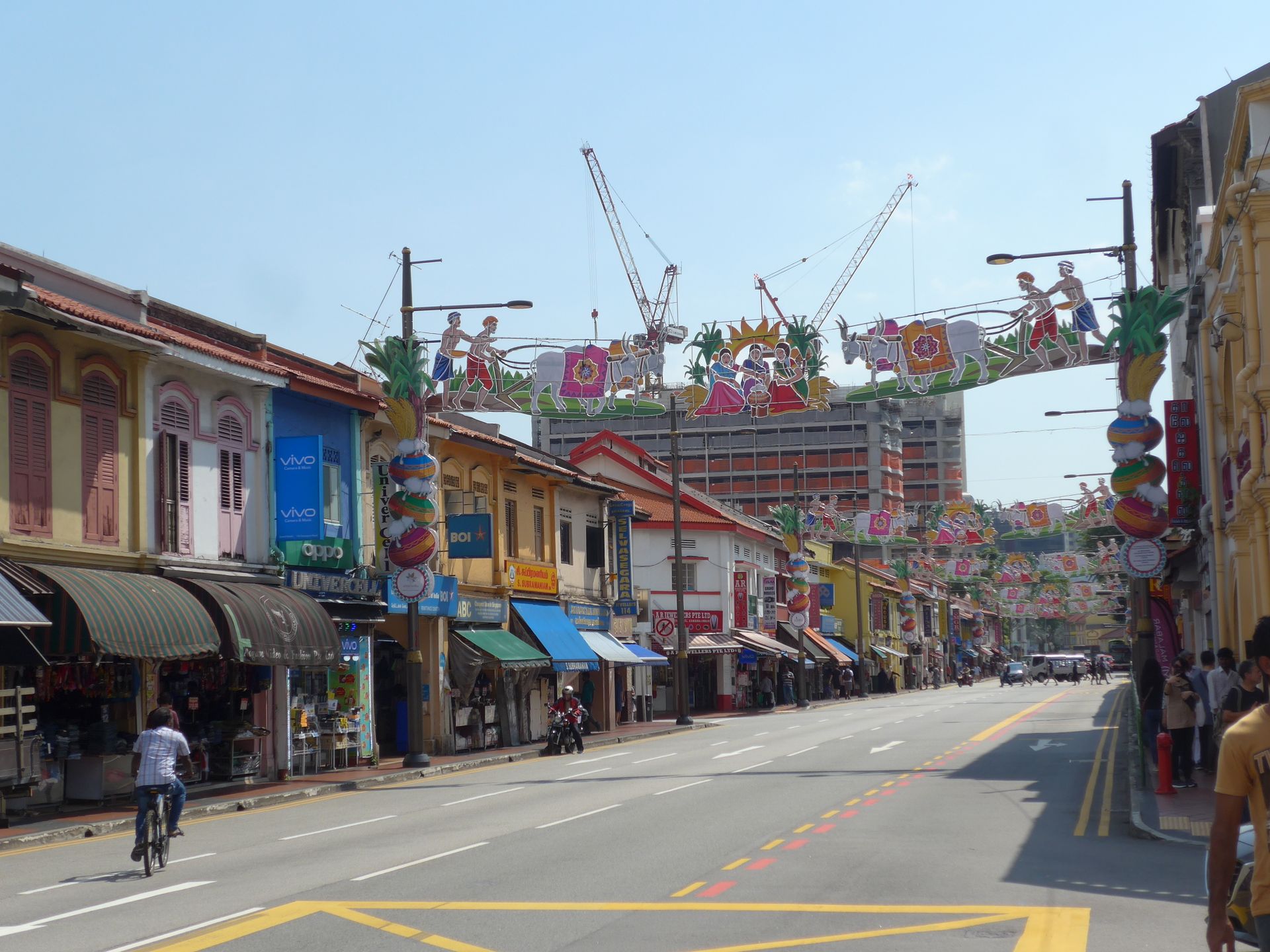
Hindu temples are also part of the cityscape.

In the nearby Arab-Malay district of Kampong Glam, the offered goods and dishes correspondingly changed.

We not only strolled through the narrow alleys, but also visited the great Sultan Mosque, which was built here in 1928.
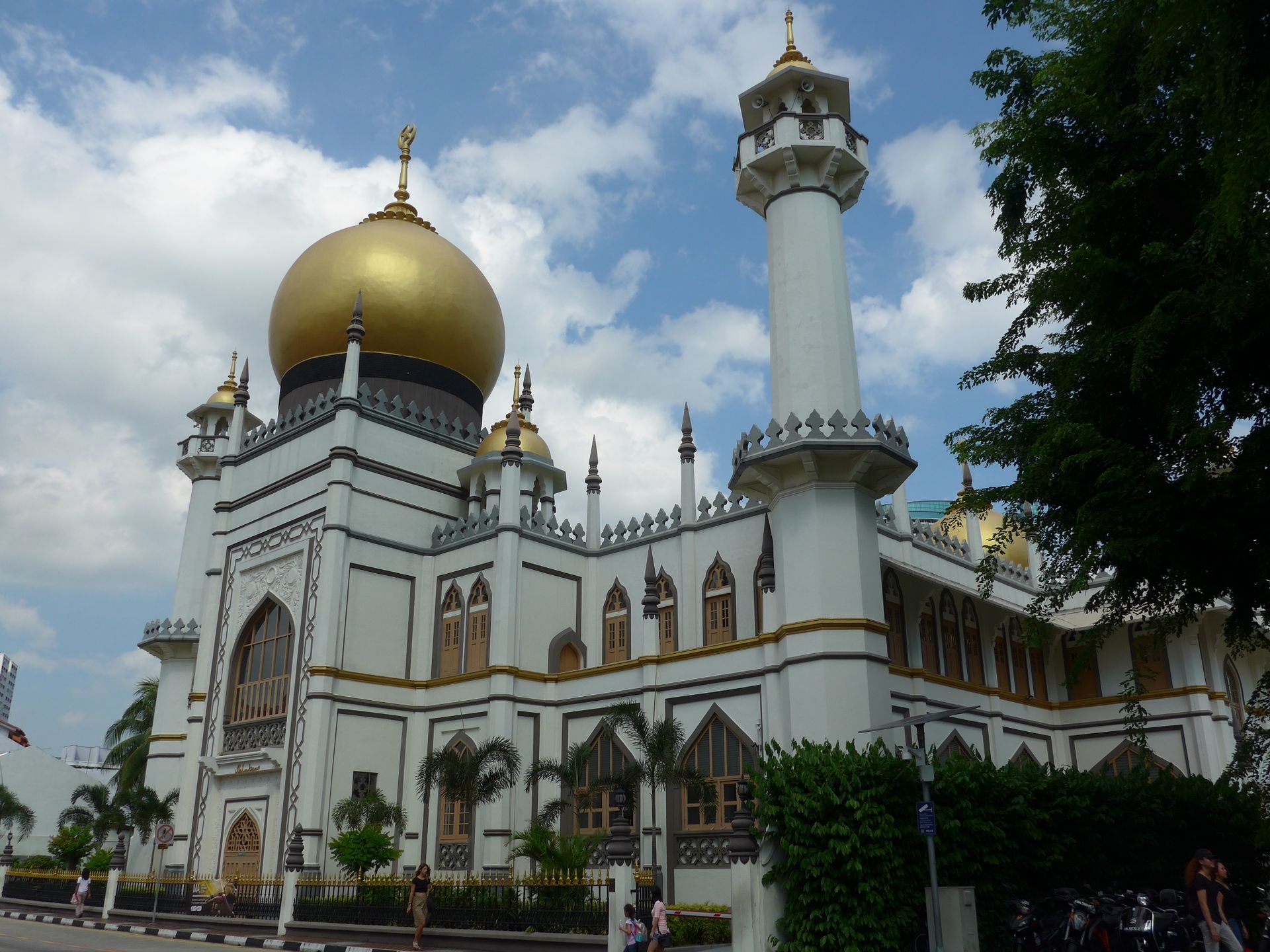
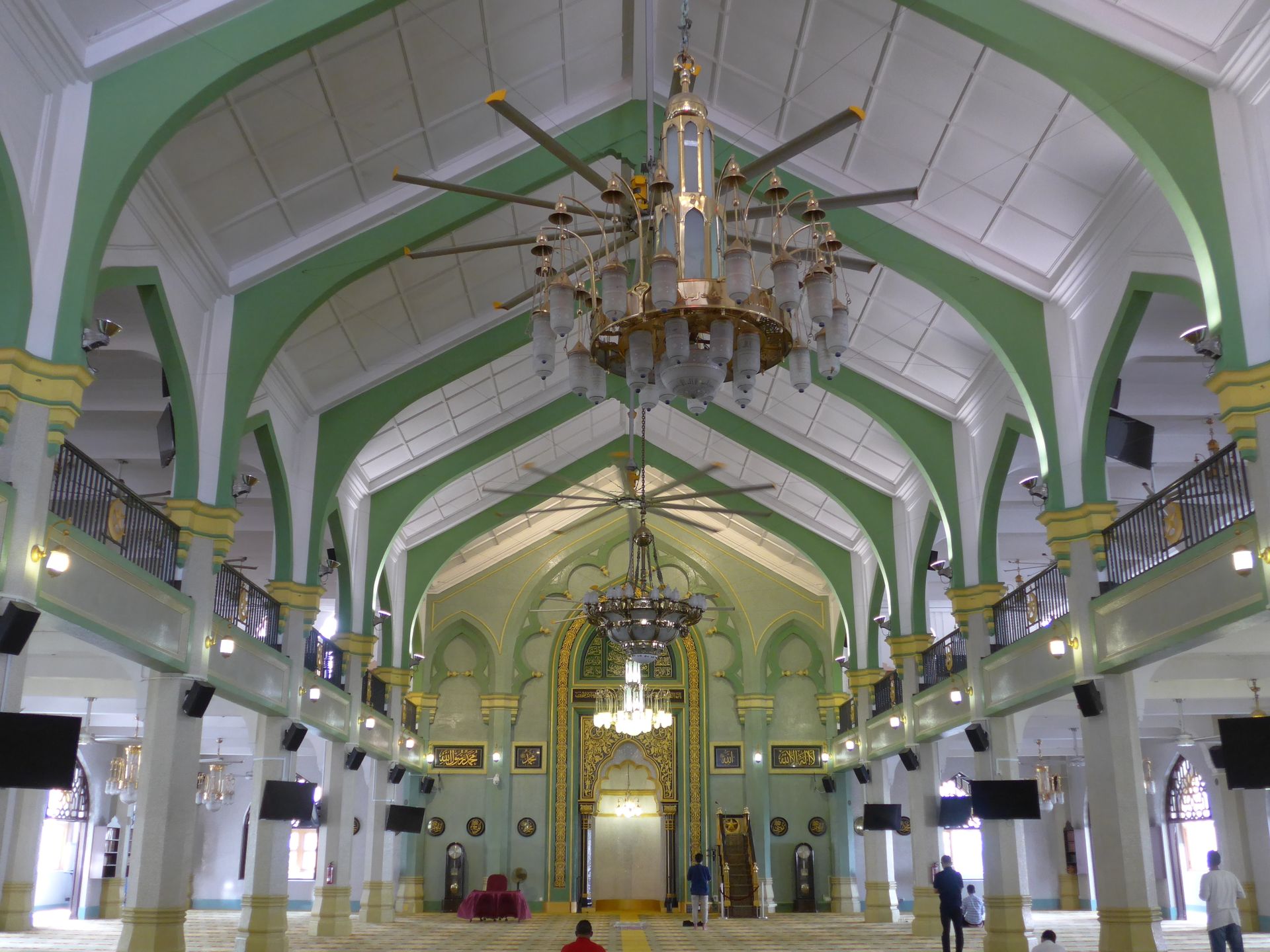
We were reminded of the colonial era when we continued to Raffles Hotel. The huge white building was named after the founder of the city, Sir Stamford Raffles. It is currently being fully renovated, so a construction fence obstructed our view a little.
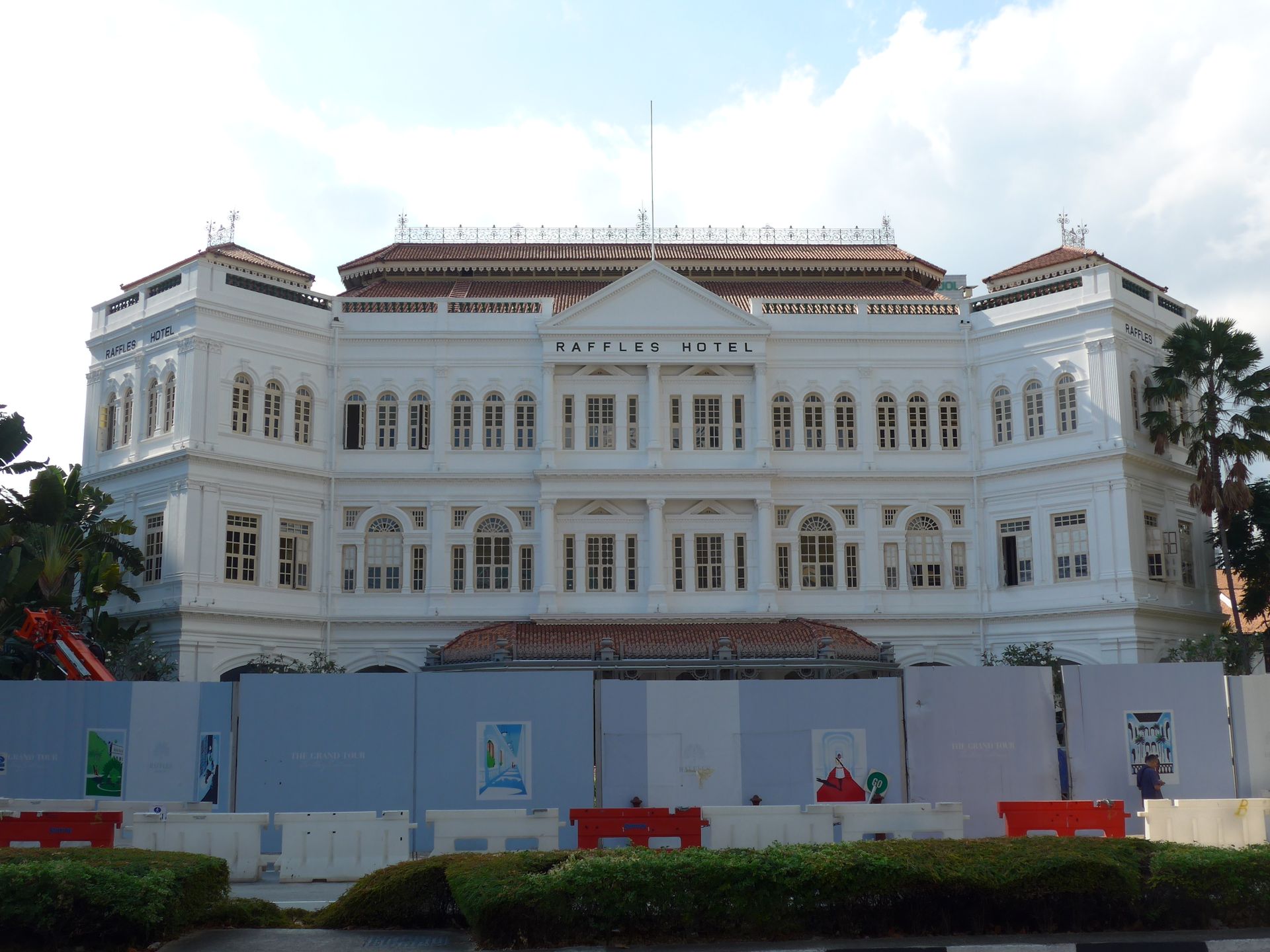
We continued our tour through the colonial district. In the library, a very modern building, we visited a very good exhibition on advertising in Singapore in earlier times and looked out over the city from the upper floor.

On Waterloo Street, the decoration for Chinese New Year was still in place, which had recently been celebrated.

There, we first visited the Hindu Sri Krishnan Temple, where a ceremony with loud music was taking place.
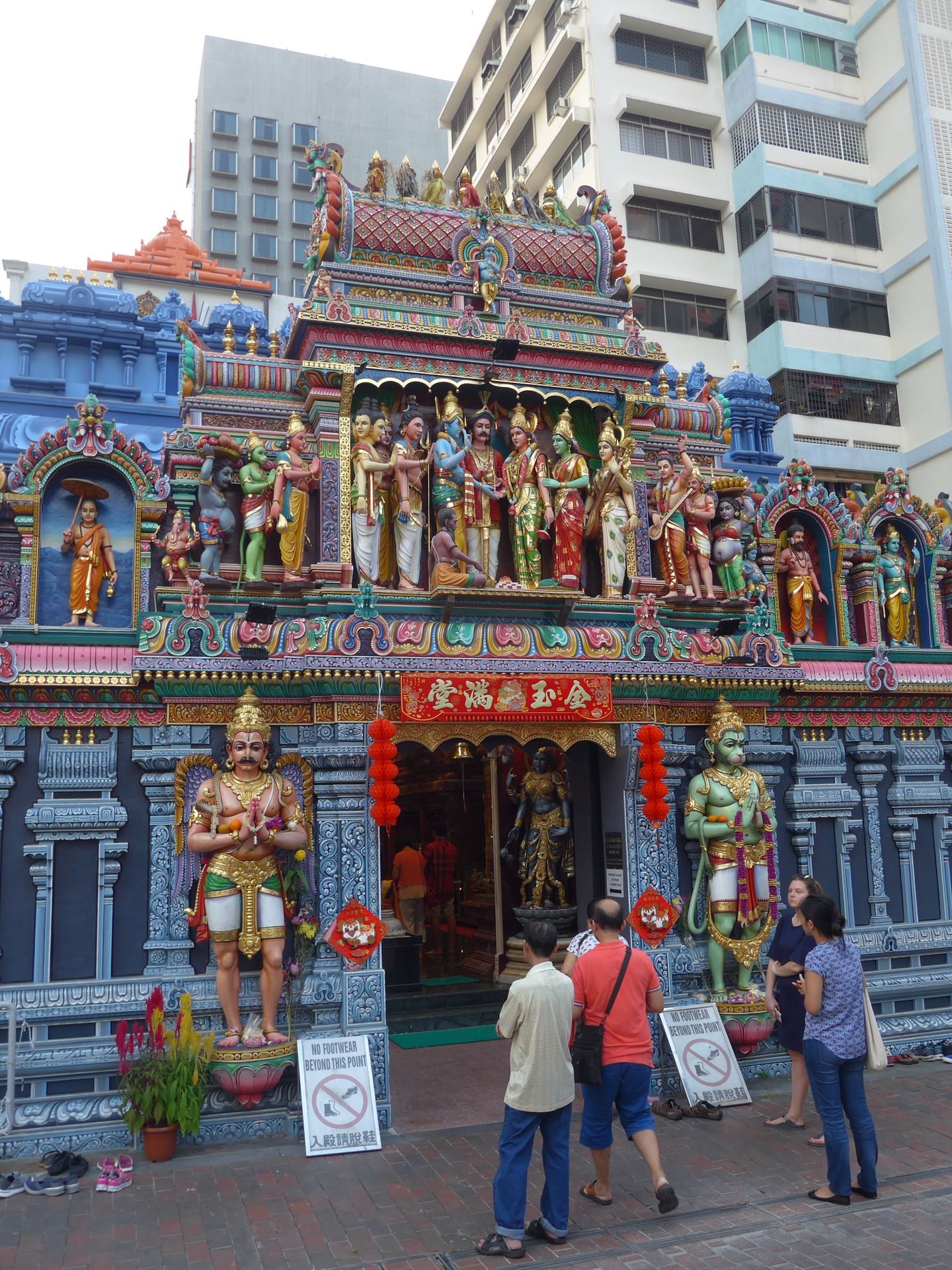
Believers with incense sticks were going in and out as we looked at the colorful statues of the gods.

The strong smell of incense sticks was also coming from the Kwan Im Thong Hood Cho Temple next door. There was a lively atmosphere inside, and some people used divination sticks to learn more about their future.
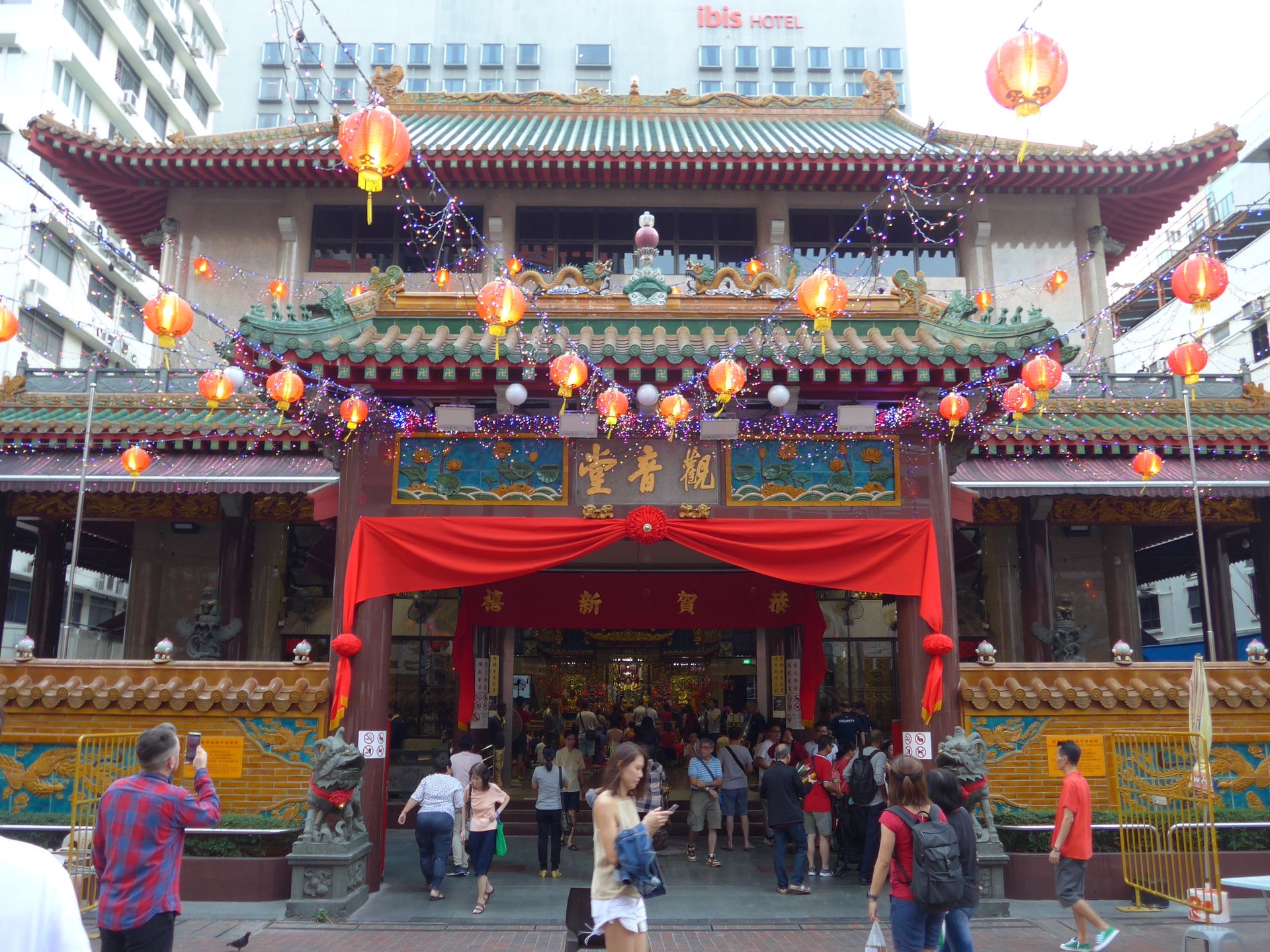
After walking through the crowded market stalls in the area, we went to St. Andrew's Cathedral, an Anglican church built in 1862 by Indian convicts.
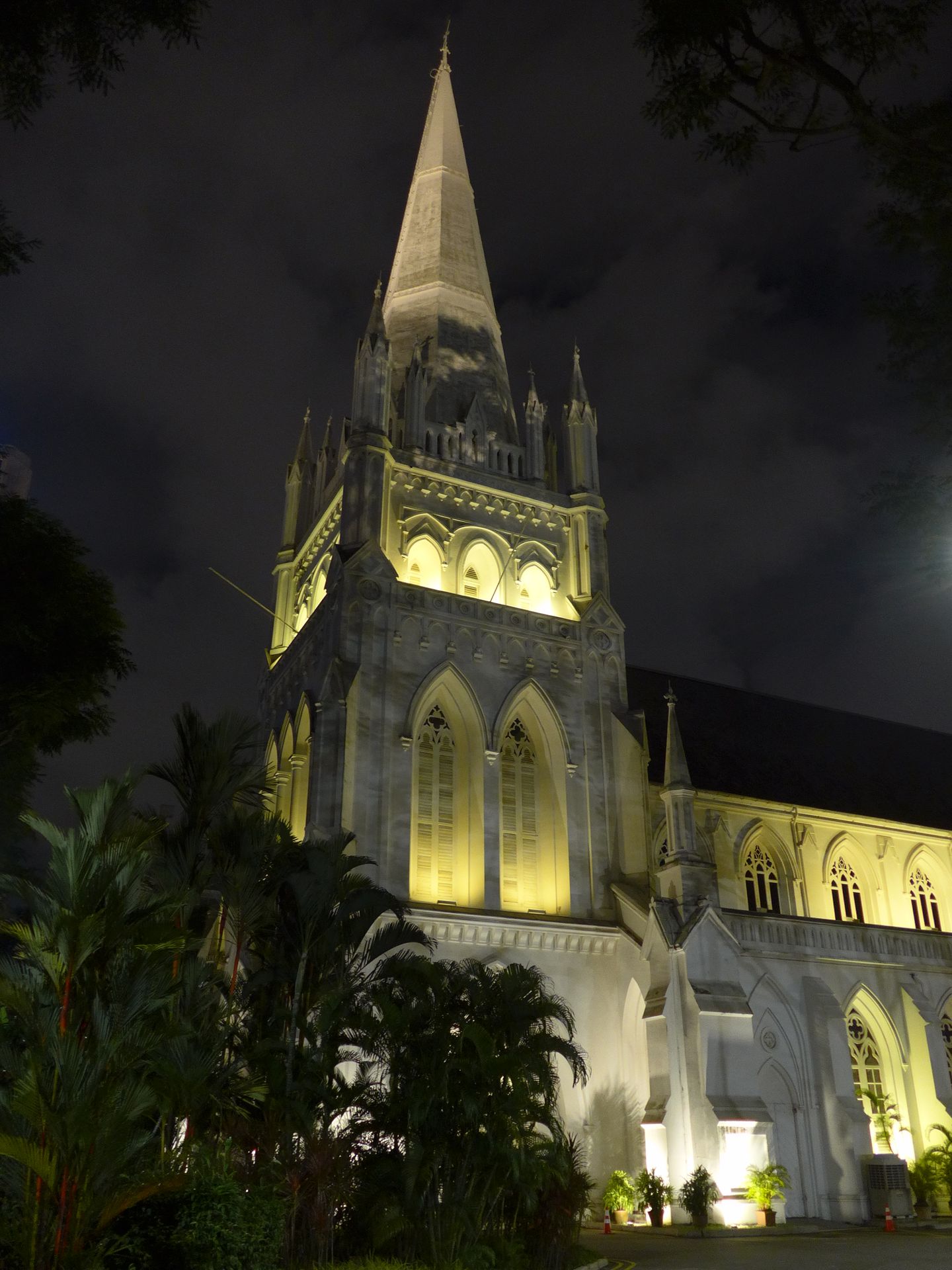
There, we were invited to a concert, which took place not in the church, but in a new underground space next to it. The concert was performed by a choir from Uganda, consisting mainly of children. It was a showcase of the work of Watoto, an organization that helps orphans and single mothers in Kampala.
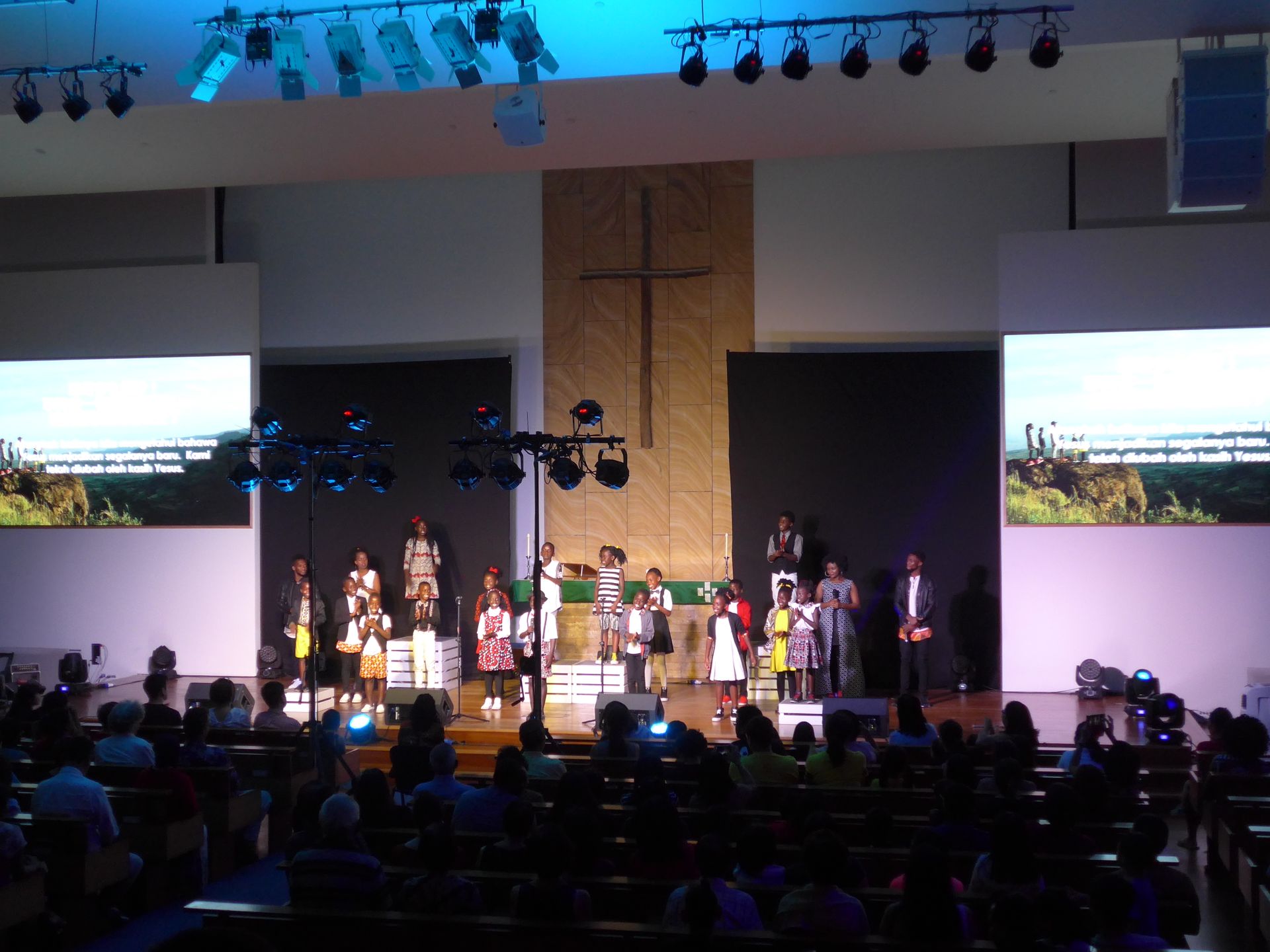
After the concert, it was already dark and we coincidentally came across light shows from the "light to night" event series. The history of the place was projected onto historical buildings.
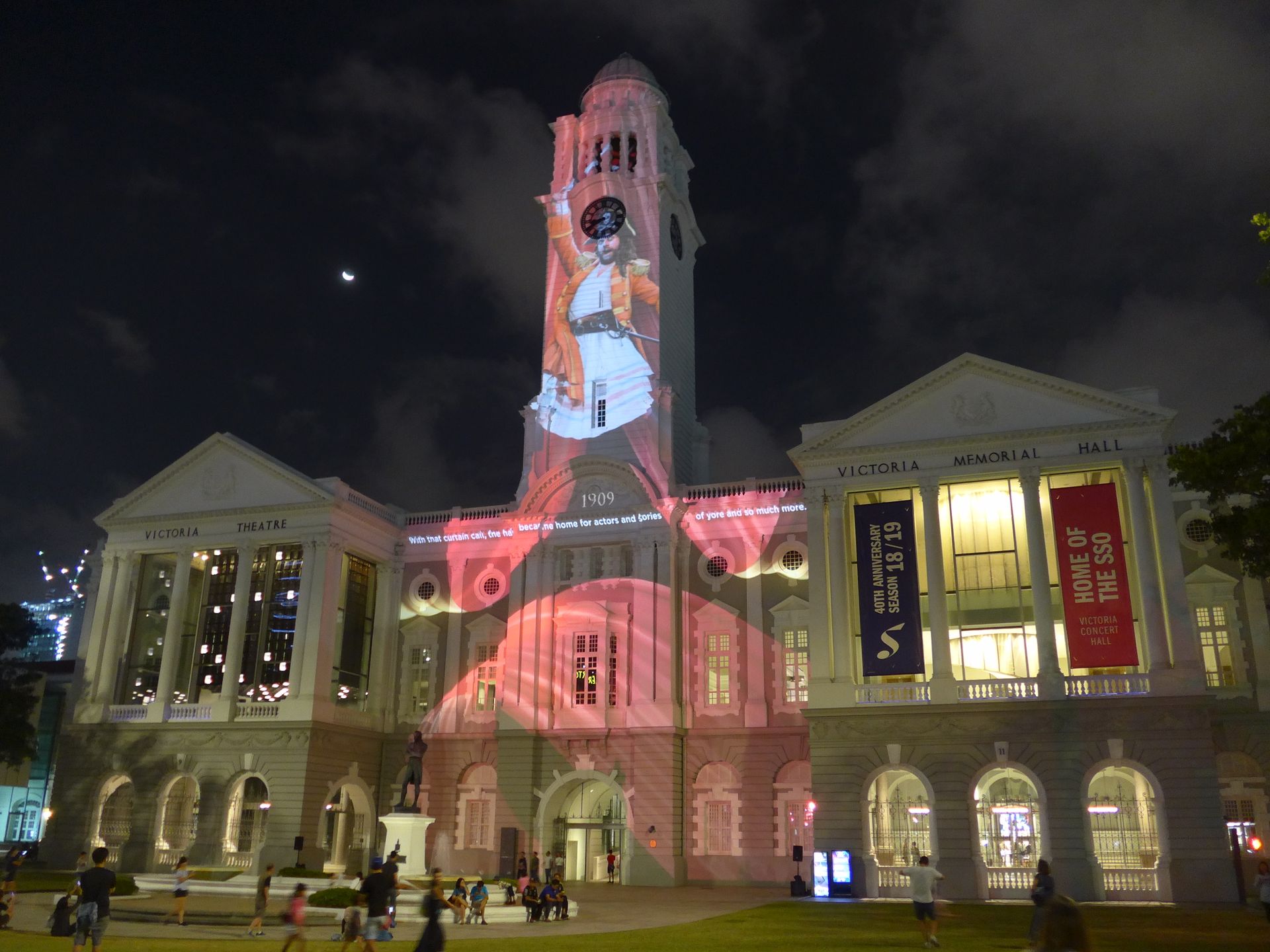
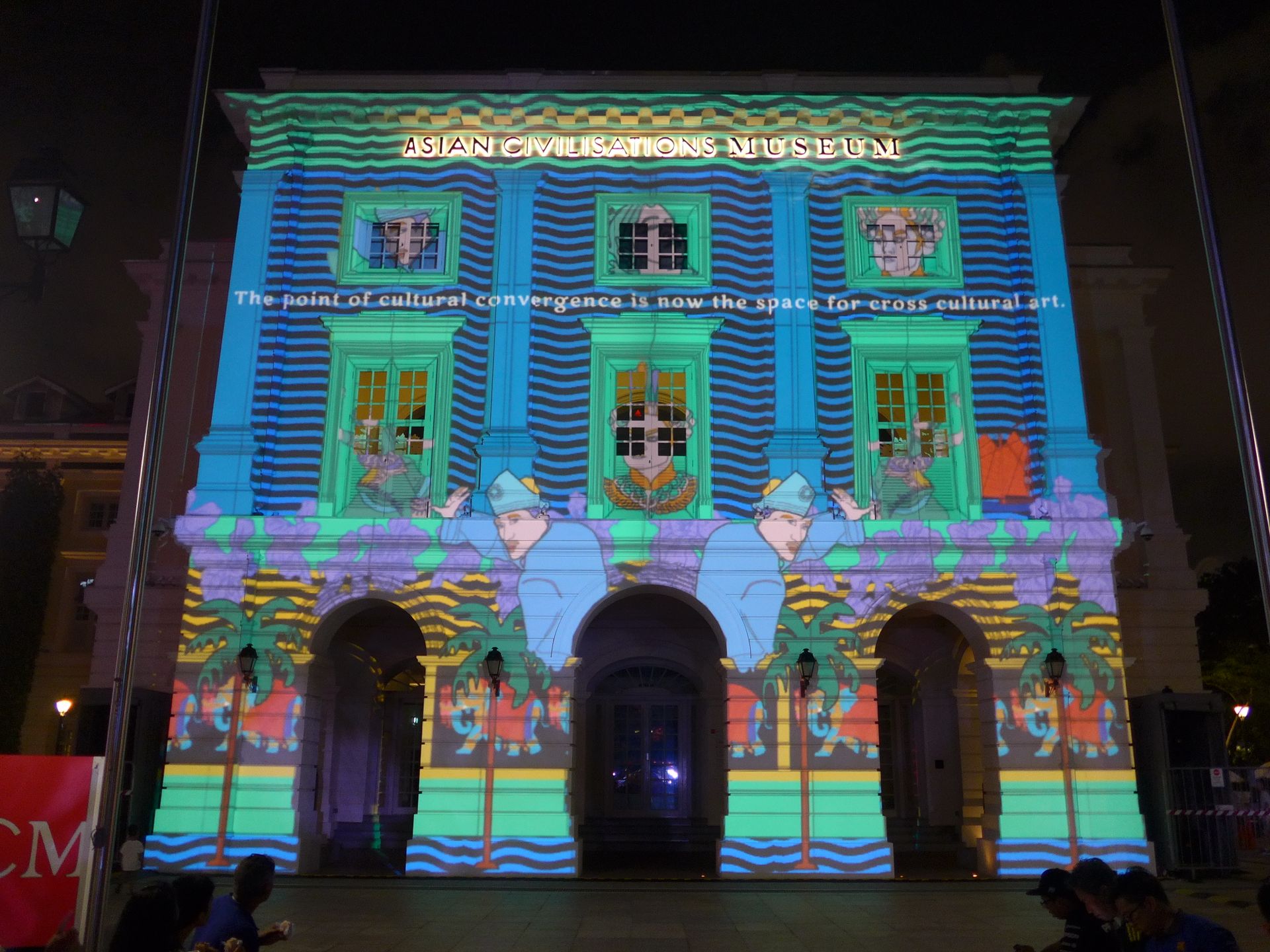
There was also a light show on the Singapore River.
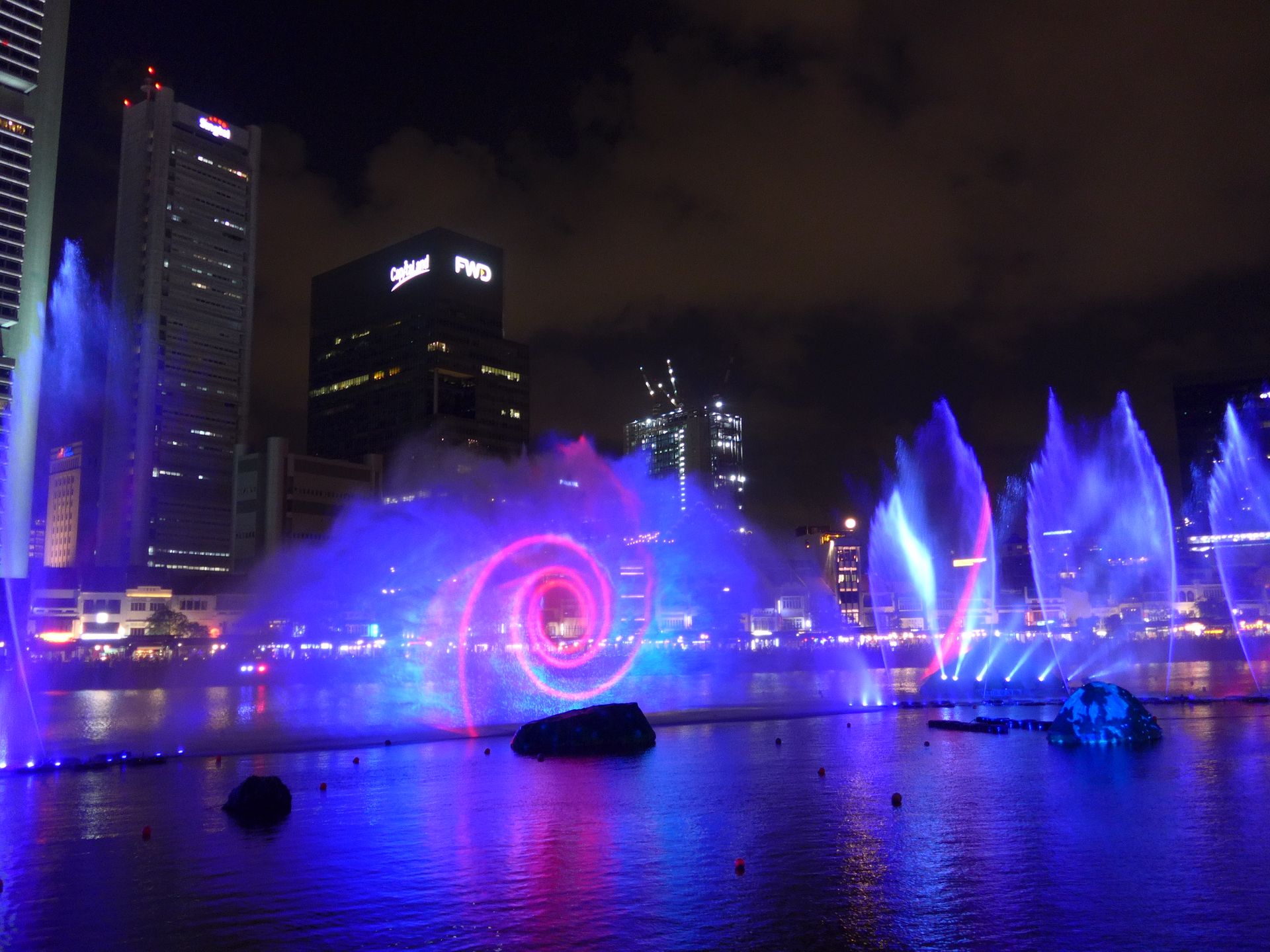
We walked back to our hotel along the river, enjoying the many lights and the bustling nightlife of the city.

समाचारपत्रस्य सदस्यतां गृहाण
उत्तरम्
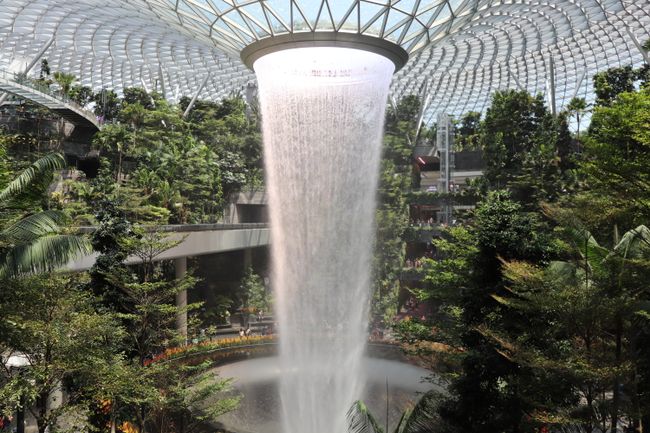
यात्राप्रतिवेदनानि सिङ्गापुर
